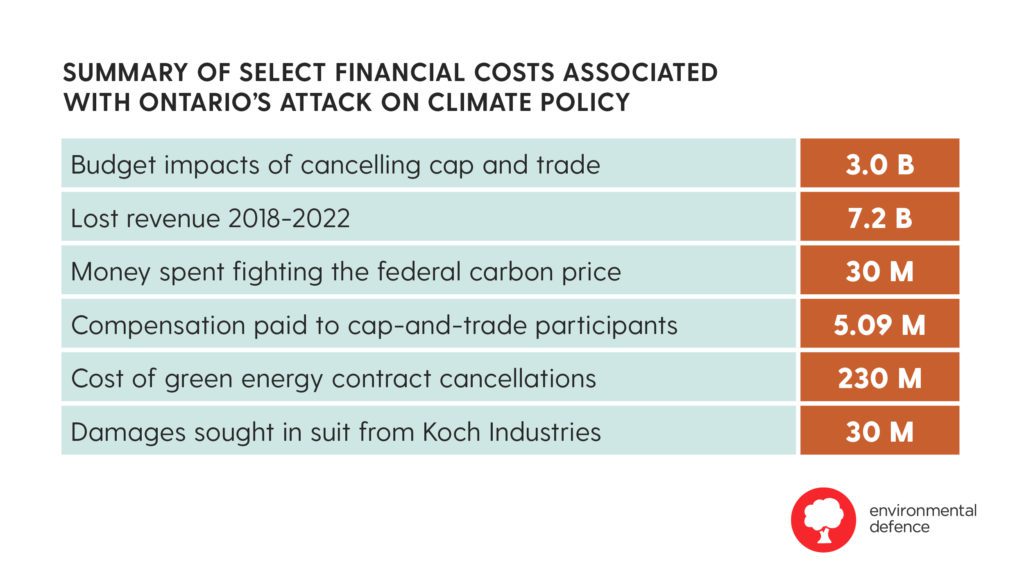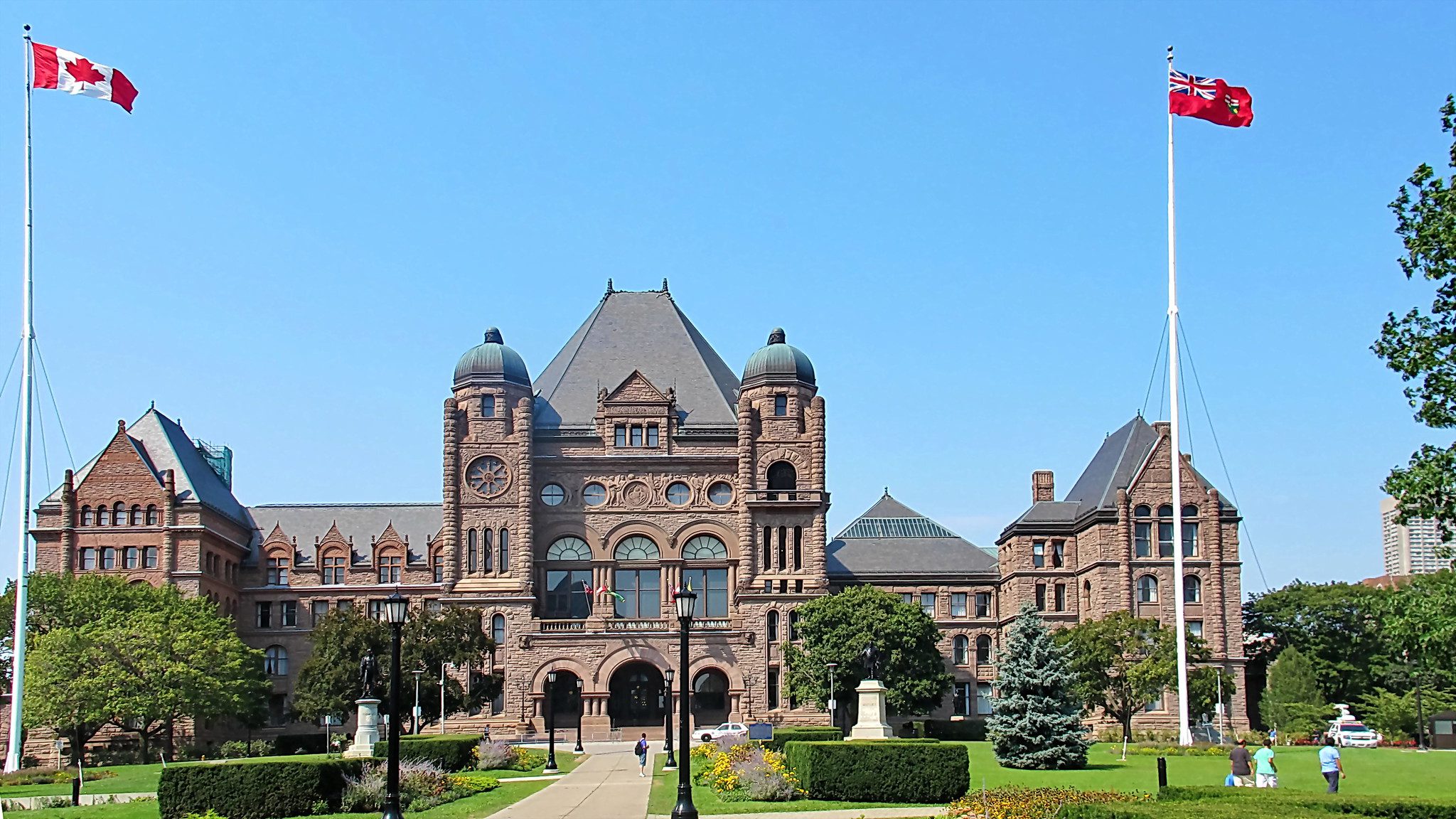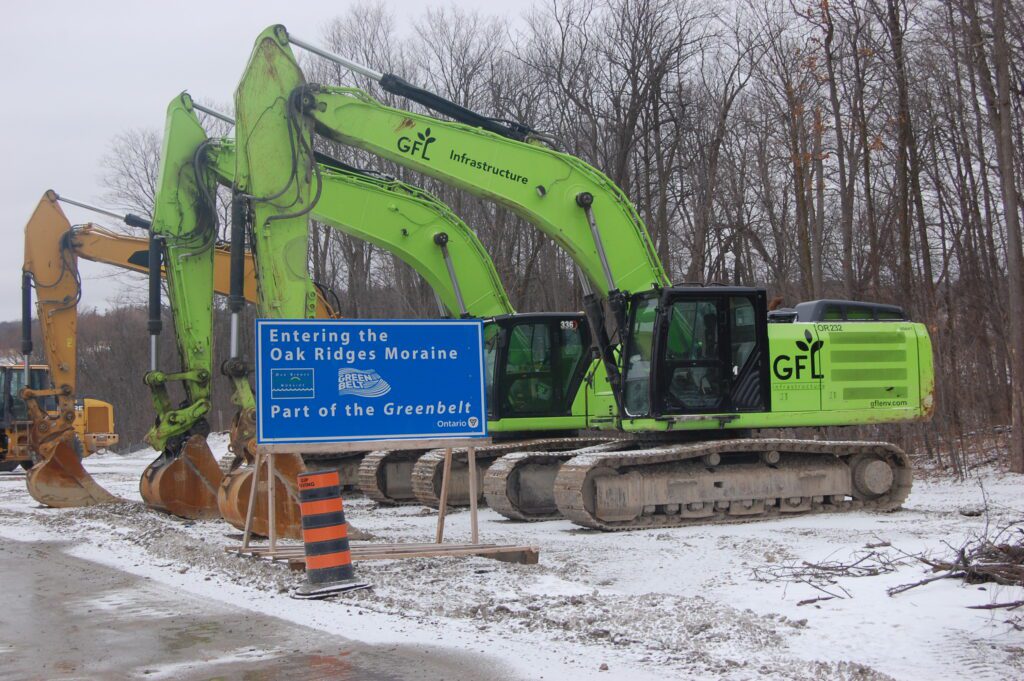What has Ontario done about climate change the last 4 years? Not much.
Once upon a time, Ontario was a provincial leader in fighting climate change. But today, there is virtually no climate policy in place in the province, and the Ontario government has resorted to becoming a climate pretender. That is to say that Ontario doesn’t outright deny that climate change is happening – instead the province just offers inadequate and unsupported climate solutions which it then fails to follow through on, all while claiming to be on track to reach its target to reduce greenhouse gas emissions
But Ontario’s not on track. Not by a long shot.
That’s the thrust of a report we released today, Hot Hot Air: A Review of the Past Four Years of Ontario’s Climate Change (In)Action.
Take the pledge to Vote For The Environment in the upcoming Ontario Election
There’s lots of good information in the report, but the Coles Notes version goes something like this:
Upon coming to power in 2018, the new Ontario government cancelled the cap-and-trade program and all the climate programs it funded (illegally), fought the federal government’s carbon pricing law in court (and lost), and tore up hundreds of green energy contracts (at great expense). All told, Ontario’s ideological battle against carbon pricing and renewable power meant that the province missed out on billions of revenue, and paid out millions in damages.
 Then, Ontario released an environment plan that didn’t pass the smell test, and that it apparently had no intention of actually carrying out. In fact, practically nothing from the 2018 Made-in-Ontario Environment Plan has been implemented. And recently the province abandoned the Plan altogether.
Then, Ontario released an environment plan that didn’t pass the smell test, and that it apparently had no intention of actually carrying out. In fact, practically nothing from the 2018 Made-in-Ontario Environment Plan has been implemented. And recently the province abandoned the Plan altogether.
Has Ontario done anything to address climate change? Yes, it has invested in helping car companies switch production over to more electric cars. The province also has a hydrogen strategy, and it’s investing in public transit. But none of these initiatives will do much to reduce greenhouse gas emissions, and Ontario knows it. The province’s own modelling doesn’t even count EV adoption or its hydrogen strategy among its emissions reduction efforts. And public transit initiatives are expected to deliver less than 1 megatonne (MT) of greenhouse gas emissions reductions by 2030.
The only programs that actually have the potential to reduce emissions are: 1) the industrial carbon pricing system – the Emissions Performance Standard – which the province has to have if it wishes to keep the federal program out of the province, and the stringency of which is determined by the feds; and 2) the move by steelmakers to switch from coal to electric furnaces – an initiative also driven by the feds, which Ontario joined on later and now counts among its accomplishments.

Ontario’s newest emissions reduction modelling, dated March 2022, bears slim resemblance to the 2018 plan. It is also scant on details, mostly counts federal measures as driving emissions reductions, and needs to be taken with a grain of salt given the lack of follow through on the 2018 plan. Plus, the measures in the modelling are not yet actual policy.
Analysis done for Environmental Defence projects that, based on current legislated policy, emissions in Ontario will be about 160 MT in 2030 essentially unchanged from 2019, and far from its 144 MT emissions reduction target, which itself is a weak target.
However, Ontario has great capacity to reduce emissions. The solutions aren’t a mystery. If this province wants to really cut greenhouse gas emissions, we have some ideas:
- Adopt a stronger emissions reduction target in line with Ontario’s fair share
- Get tougher on industrial emitters and make polluters pay
- Cancel plans to build new highways and invest in transit and provide real supports for electric vehicle adoption
- Adopt a net-zero building code and drive emissions reductions from buildings
- Phase out the use of gas for electricity by 2030
The last four years have set back Ontario’s climate action significantly, we cannot afford another four years of distraction and delay. We’re in a climate emergency, and Ontario needs to act like it.
Pledge to Vote For The Environment in the upcoming Ontario Election!








